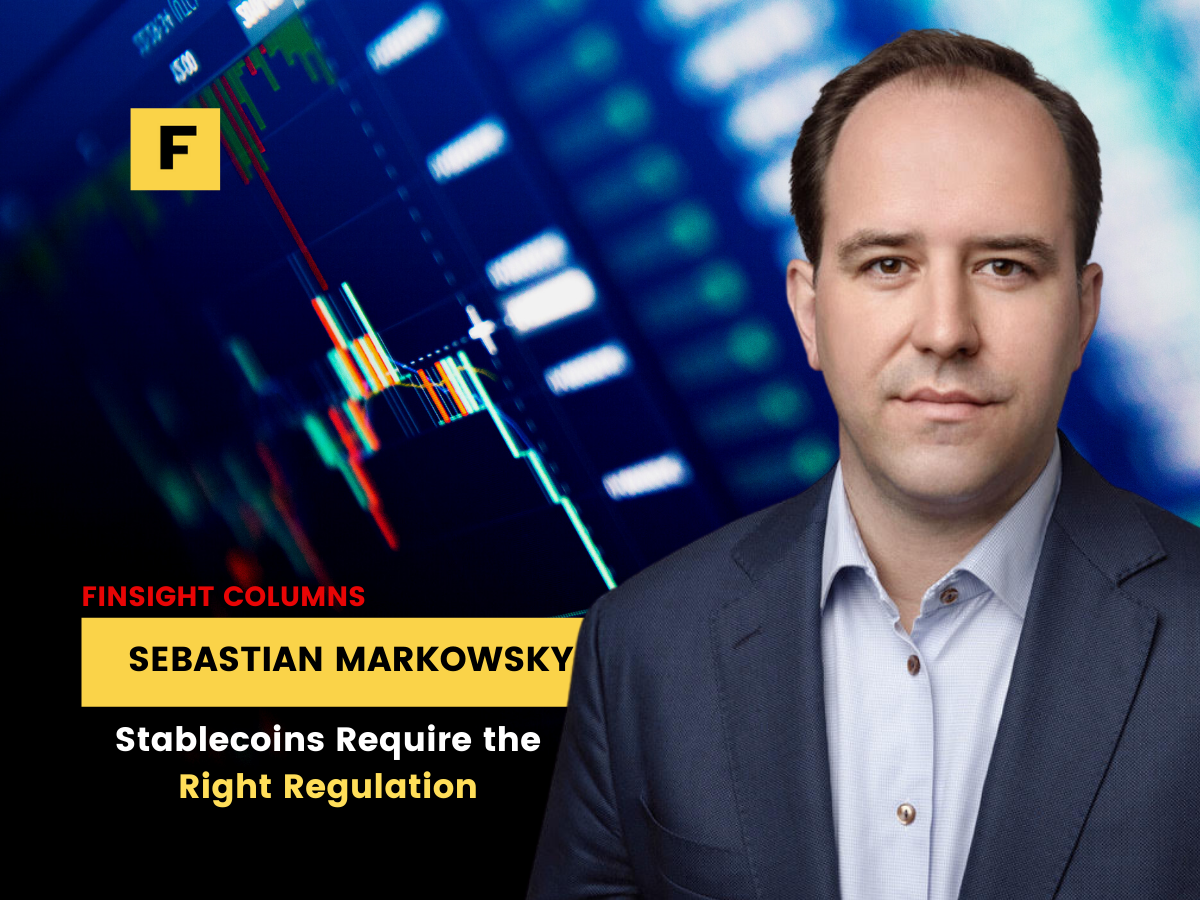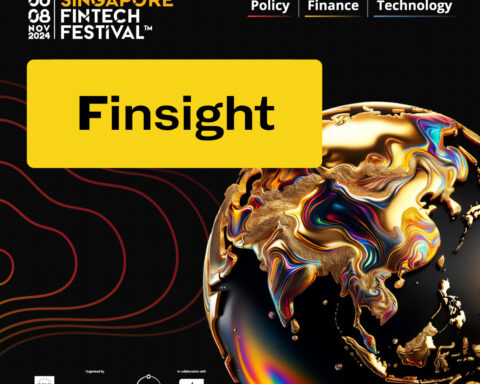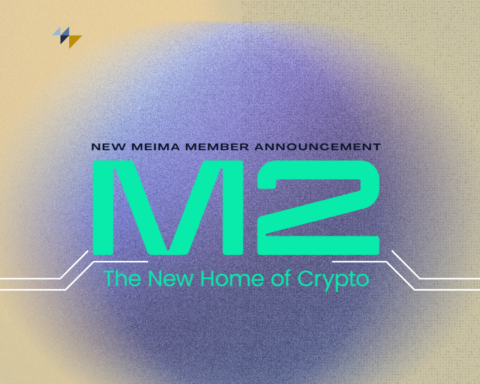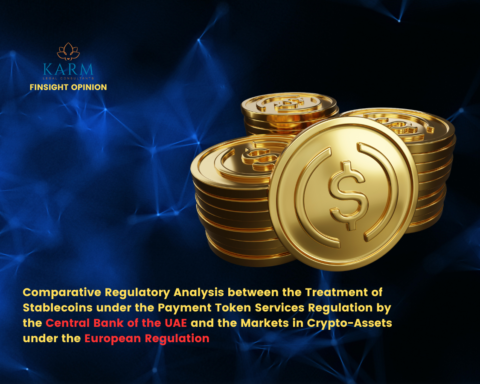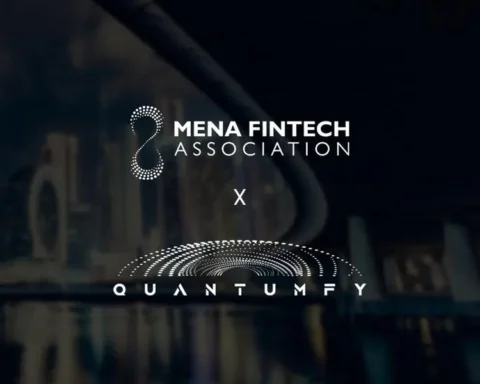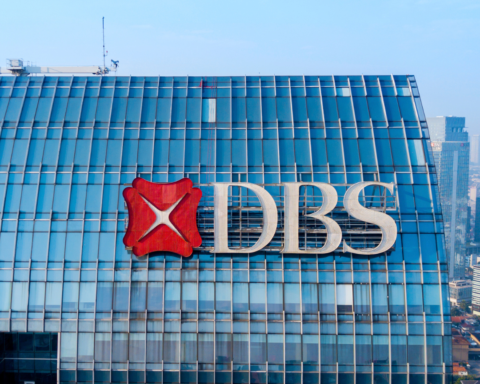The President’s Working Group on Financial Markets has released its long-awaited report on stablecoins. This report aims to clear up some of the regulatory discrepancies that have stunted the growth of stablecoin innovation and us. It’s a necessary step for the future of stablecoins, which have massive potential for use across various facets of society, but it needs to be handled correctly. If not, the US could fall behind as the inevitable rise of stablecoins commences.
It is a shared assumption that the President of the United States acknowledges the importance of Stablecoins. He also confirms that he shares the view of Stablecoins potentially being “faster, more efficient, and more inclusive payment options”. This is certainly a positive sentiment and indicates the changing attitudes towards the digital asset sector. It is clear that stablecoins, which are technically tokenized currencies like USD or EUR, need to be regulated. They hold the collateral for the tokens in treasury and the rules for that need to be audited and verified at all times as this, in reality, is a banking business.
There are different solutions for stablecoins. The key types of stablecoins comprise those which are asset-backed, like Tether. Tether is pegged to the US dollar, meaning it maintains its currency’s value at a fixed exchange rate to the U.S. dollar. Hybrid stablecoins comprise more than one collateral, like fiat and crypto, or, crypto and gold. This combination is eventually combined with algorithmic elements to ensure their value is consistent. A prominent example is Celo. Lastly, there are pure algorithmic stablecoins like DAI, which are not backed by a collateral but aim to peg their value to the target asset through trading incentives and supply and demand.
When looking at the variety of stablecoins out there, it becomes clear that tackling these different types with the same set of regulations is not the correct solution. When looking at asset-backed stablecoins, like Tether, it makes sense to treat their suppliers, somewhat, like banks. This makes sure the collateral is protected and managed in a banking grade standard. With stablecoins being a digital replica of the currencies already established and managed by central banks across the globe, it is no wonder that regulation of these stablecoins is of high priority for the US. The technological sophistication associated with algorithmic stablecoins is complicating matters. These stablecoins need very different focus points for regulation. Due to their technological structuring, there is a risk of more smart contract and algorithm flaws which could undermine the steady 1-1 stablecoin backing.
The general perception is that an asset pegged stablecoin should be backed 1-to-1 by the underlying asset. If the US hopes to create regulation around this model, they would be remiss to not consider the fractional reserve model employed by the banking industry. Fractional reserve banking is a system in which only a fraction of bank deposits are backed by actual cash on hand and available for withdrawal. This is done to expand the economy, freeing capital for lending. To provide adequate regulatory structuring for this new asset type will require a trade-off point between these two backing models.
The unique chance blockchain offers is that regulation to protect investors and other market participants can be baked in the code itself. This can be executed in a decentralized way with no further need for compliance that usually depends on snapshot reviews and human input. This is a safer and more scalable model and can really take compliance as a permanent function, to the next level, revealing a chance rather than a threat.
Stablecoins do offer one of the key propositions for crypto as a whole. As other crypto fluctuates in pricing due to supply and demand, stablecoins remain a steadfast commodity, promoting innovation and the continued expansion of blockchain’s offerings.
They facilitate fiat on-ramping, allowing traders to engage in the ever-expanding crypto economy. They are also the backbone of the decentralised finance (DeFi) ecosystem. Expediting the continued expansion of stablecoins also promise to drive transaction costs for FX, but increasingly also stocks, commodities and other assets to zero, as stablecoin/asset pairs can be traded on the blockchain at a fraction of the cost of a traditional service.
The stablecoin market is strongly dominated by USD denominated coins. This is a huge opportunity for the United States to leverage the USD dominance of the fiat world further over into the stablecoin world and ring-fence large parts of the decentral ecosystem. This would make sure the USD is the most relevant currency in the digital world with all the positives that come with being a digital reserve currency on the global front. Leaving this excellent positioning unused by posing too stringent rules on stablecoin issuers or even trying to take away and replace existing players through prohibitive requirements would leave a big opportunity wasted.
Opinion editorial by Sebastian Markowsky, the CSO of Coinsource.



